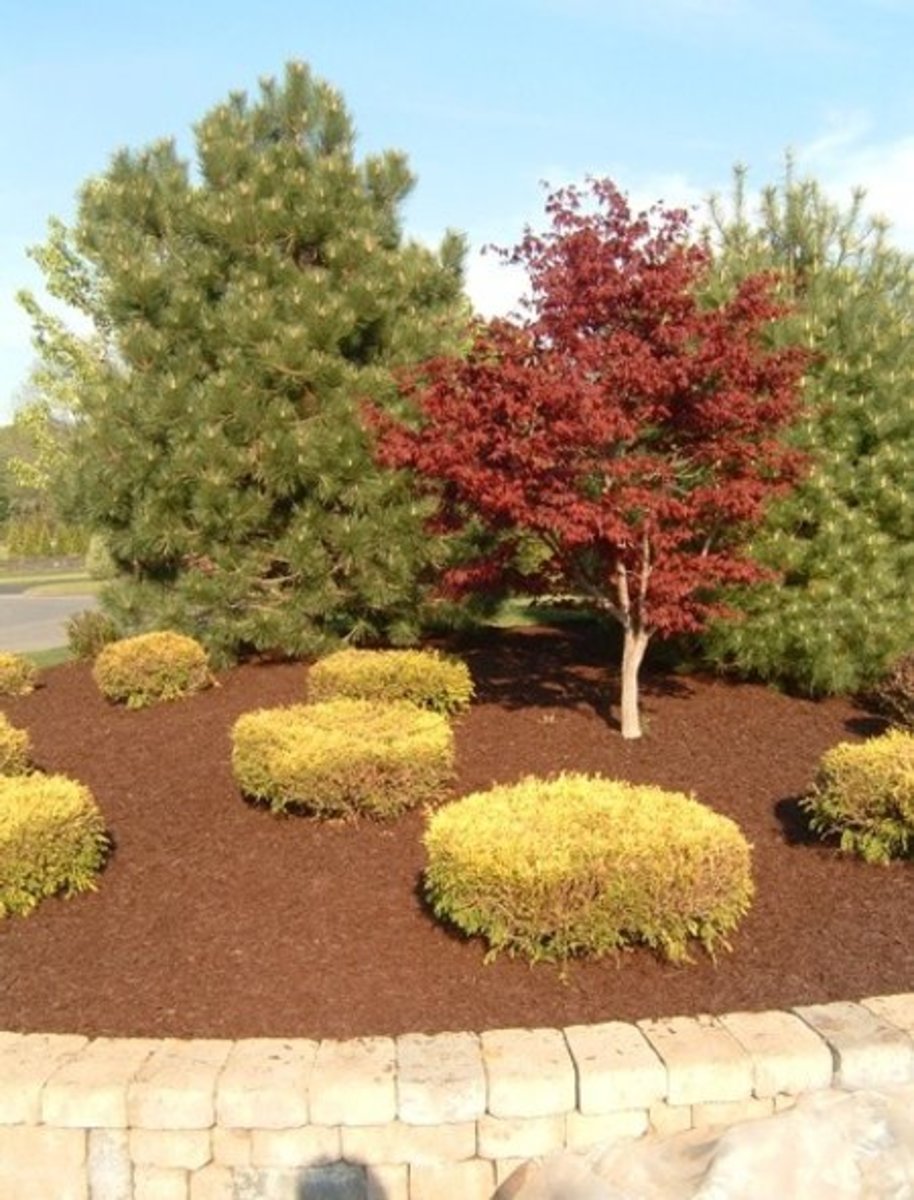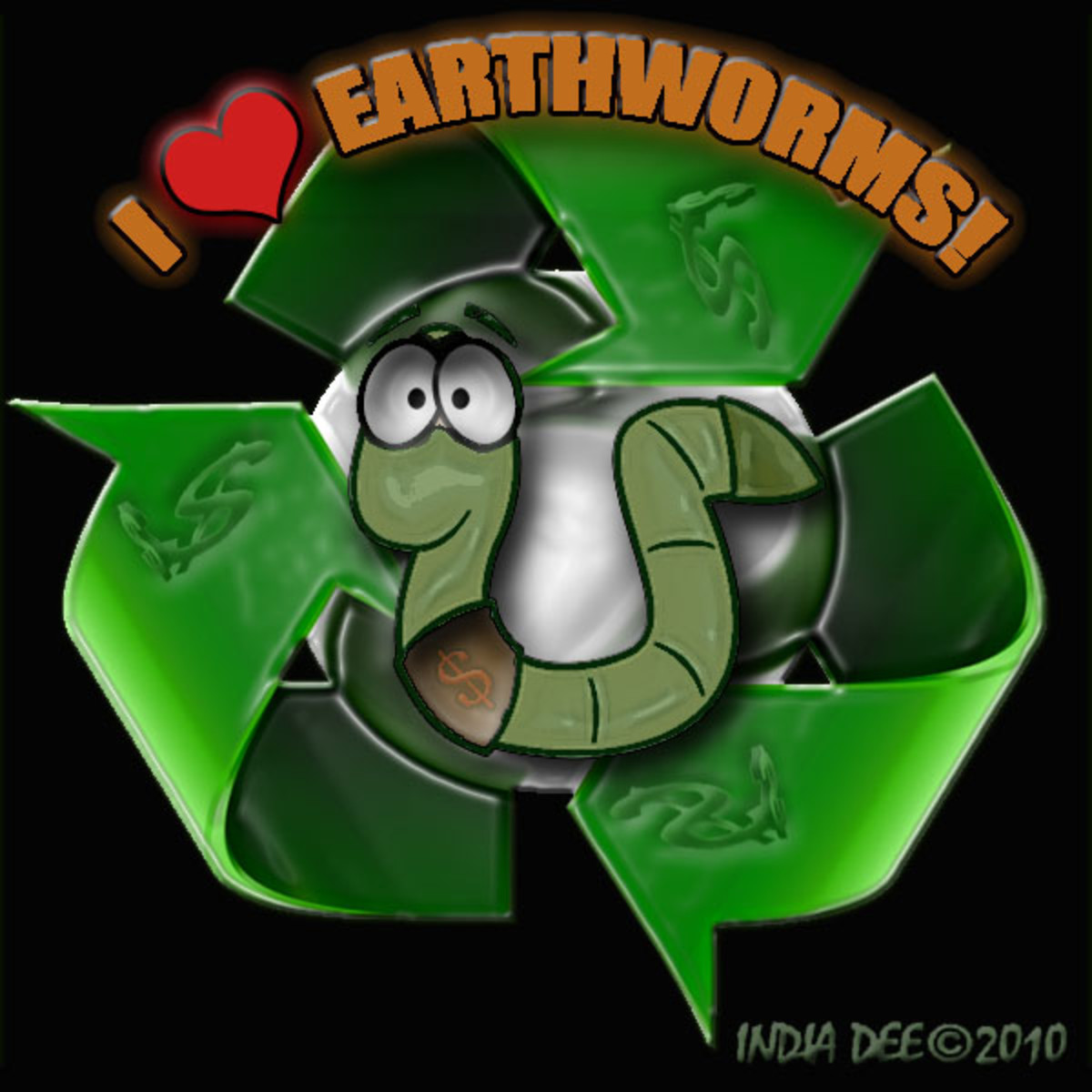Gardening essentials: Mulch, mulch and more mulch
Watercolor 2

Tyrannosaurus Rose and wheatfields in a box
Soil is a living thing. Healthy soil contains a huge number of living organisms. All organic processes in the garden require healthy soil. So do the plants. They’re dependent on the breaking down of organic matter for nutrients.
This is a purely biological process, and although fertilizers do help, few NPK mixes cover much more than the basics. Broad spectrum fertilizers are useful, but expensive and don’t necessarily address things like the balance of organisms in the soil.
Many organisms will simply process what’s available, and move on or die.
If you’ve ever seen a garden bed go from healthy soil to a desperate-looking collection of plants, you’ll know the problem. The biological process has run its course, the nutrients have been used up, and the soil is effectively comatose.
What’s needed is more organic material. Natural soils have a more or less continuous feed of materials, which although microscopic in some cases, maintains the feed reasonably well. Natural plant life cycles resupply the soil.
In gardens, the garden bed, unless well fed, can’t always duplicate that process. Garden beds are artificial ecosystems. They don’t necessarily support themselves. Some excellently planned gardens do this, and permaculture gardens are designed to do it, but the standard garden bed usually can’t provide the nutrients it needs.
This is where mulch comes in. It’s the food supply incarnate for most plants. Some mulch and some rain will do most of your garden feeding for you. It’s the cheapest, most efficient, way of ensuring a good supply of food for your garden.
Making your mulch
The primary element in mulch is green plant material. Kitchen scraps, like lettuce, lawn clippings, and other green materials are perfect mulch. This is because they contain most of the important elements plants need; chlorophyll, trace elements, nitrogen, and other elements that can be easily used by all plants.
To be useful, however, the green materials have to be rotted down until they’re black, or as close to black as you can get it. They’re effectively soil.
To give an example:
I used a large amount of bamboo leaves and branches from runner bamboo as compost. The technology required was a big black plastic garbage bag and the Australian summer sun. It took a few months. A full garbage bag sank down before my eyes to the size of a couple of 2kg bag of rice. The contents of the bag were actually so like soil, I used some of it as a seed raising mix for wheat, in a Styrofoam box. I sowed the wheat in the box, and got an almost 100% result in terms of germination. I came out one morning to find a forest of sprouts, three inches high.
I had to laugh. It was like something out of a brochure, “How to grow seedlings”. I’ve never seen anything like it in years of gardening.
I’d love to take credit for this unlikely result, but in practice, what I did was use compost made from a grass, bamboo, to grow another grass, wheat. I’d simply got the composting process right, and hit the jackpot with my choice of seeds.
That said, 100% germination is pretty good. It’s also a good illustration of what mulching can do, and how effective it is as a plant nutrient mix. To germinate, seeds have some materials of their own, but to sprout and grow effectively, they need a good range of nutrients.
The leaf materials were the big drivers of this growth. Green plant materials are extraordinarily effective and easy to use as mulch. Provided they’re fully broken down, they’re excellent plant food.
Rose growers will appreciate another mulch story. I bought a Queen Elizabeth rose, and put it in the back garden bed to fill a gap. This site happened to be near the kitchen, and it was a good place to put the mulch and kitchen vegetable scraps. This was a completely disorganized, unplanned collection of vegetable materials, no rhyme or reason.
One day I went out and discovered the large pile of mulch had sunk down to almost nothing. The rose was growing vigorously. I repeated the performance, like all rose growers highly suspicious of this sudden burst of enthusiasm, even in the growing season.
The thing did it again. It was like watching a kid with a straw drinking a milk shake. Every second day, the pile of mulch had shrunk down. This went on for a while, until one day I measured one of the canes at 2 metres. When it flowered, I had roses the size of my open hand. I’d created a Tyrannosaurus Rose.
Again, it was the good combination of nutrients that did the work. Roses like acidic soils, and they’re often fussy eaters. A Queen Elizabeth isn’t one of the sensitive, neurotic cultivars, it is a classic rose. But- 2 metre canes? In the first year, from a seedling which started out as about 30cm?
When mulching
- Never use semi-broken down mulch. These materials can attract plant parasites. Make sure the mulch is well matured, a consistent material.
- Don’t put wet mulch anywhere near the base of a plant. It’s asking for fungi.
- Don’t use non plant materials, like meat and chicken offcuts, it’ll attract maggots.
- Apply the mulch in even quantities on garden beds. Water it in gently, just moistening it. Too much water will drive away some useful organisms, like earthworms.
Mulch, and stand back. I promise you it won’t get dull.





